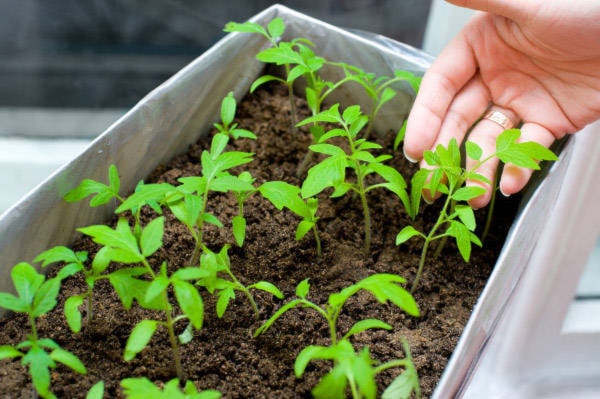My first column in this newspaper was published Feb. 8, 2012.
So here we are, just over eight years later, with this my 170th article.
As I research a lot of what I write, I hope you have learned a few things, as I have.
Gardening is an ever-learning experience with good and sometimes bad results.
The weather has became very unpredictable. Even on a daily basis, I never know for sure what to expect.
One minute you have a blue sky, and the next could be rain or snow.
The plants are not sure, either. My tulips are already up being close to the house, yet we have snow covering the back yard and I can’t tell where my shrubs are.
Hope must be in the heart of every gardeners, otherwise how could we keep on going and getting all the little seedlings ready for another season?
We are all waiting for the snow to thaw out, the sun to shine, the rain to fall (not too much) and the plants to thrive.
Most of it is not under our control, but for the fate of the plants we can help.
The new seeds are already on display in many stores. Gardening magazines are a great way to learn as most of them give good information about the requirements of the seeds they sell.
More people are starting to grow from seeds. This way you have access to more interesting plants and more control over what you really want to grow in your garden.
However, starting your seeds too early will only get you leggy and overgrown plants, unless you have the right amount of light.
Annuals and vegetables are easy to grow but don’t start too early.
When growing seedlings, it is important to use sterile potting soil and pots.
Never use soil from your garden or old potting soil.
The soil from your garden is heavy and compacted and might not drain too well.
Too much water might choke your seedlings and too much moisture might lead to damping-off. This is a fungal disease that attacks the stems and can kill your seedlings overnight.
A light sprinkling of cinnamon, which is a fungicide. Check out how to use cinnamon for more than just baking online at gardeningknowhow.com.
Soil from your garden might also carry diseases and have insect eggs ready to hatch in a warm environment.
If you are reusing containers, wash them first with soapy water and a little bleach.
Once the pots are clean, make up a large container filled with a 10 per cent bleach solution.
Use one part unscented household bleach and nine parts water, filling a container large enough to hold all the pots.
Submerge the pots and let them soak for 10 minutes.
This will kill off any disease organisms that might be lingering on the surface.
Rinse off plastic pots to remove any residual bleach and allow them to air dry in the sun.
If you have terra cotta pots, submerge them in a container filled with clear water and allow them to soak for an additional 10 minutes to remove the bleach from the pores of the material. Air dry these as well.
Finally, seedlings need warmth to germinate, but they also can thrive under a cooler temperature with lights 16 hours a day.
And don’t start planting seeds too early unless you have a cold frame or a greenhouse.
Contact gardening columnist Jocelyn Sewell at 250-558-4556 or email jocelynesewell@gmail.com.
